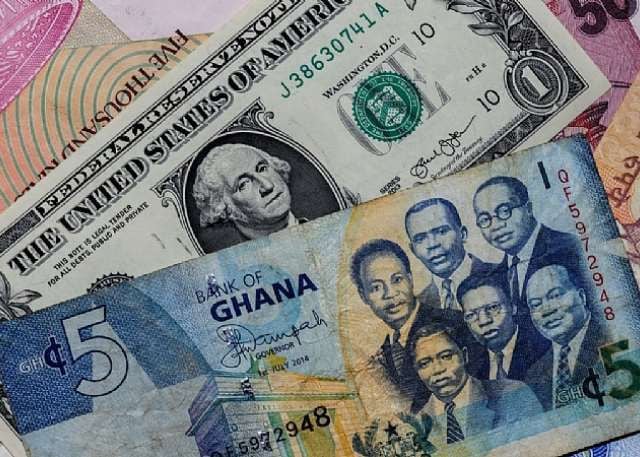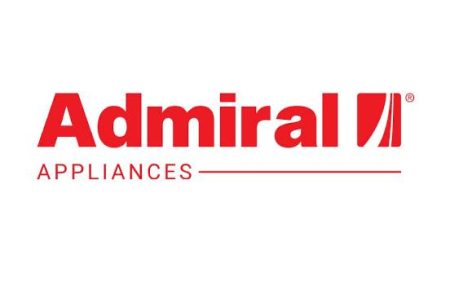The Ghanaian cedi’s performance against the US dollar on July 2, 2025, presented a mixed picture, with varying rates observed across different market segments. Cedirates.com, a trusted source for currency data in Ghana, reported an average buying rate of GHS10.35 and a selling rate of GHS10.98. This indicates a degree of volatility within the broader market, suggesting potential fluctuations throughout the trading day. The spread between the buying and selling rates, a key indicator of market dynamics, reflects the margin within which currency traders operate. This information provides a valuable benchmark for individuals and businesses engaged in foreign exchange transactions, enabling them to gauge prevailing market conditions.
Forex bureaus, which cater primarily to individual customers and smaller businesses, offered less favorable exchange rates. The buying rate for the US dollar stood at GHS12.30, while the selling rate reached GHS12.70. This significant difference compared to the Cedirates.com average highlights the premium charged at forex bureaus, reflecting their operating costs and profit margins. Individuals seeking to exchange cedis for dollars would have experienced a less advantageous rate at these bureaus, while those selling dollars would have received a slightly higher rate, albeit still below the interbank market value. This disparity underscores the importance of comparing rates from different sources before conducting foreign exchange transactions.
The Bank of Ghana’s interbank market, where larger financial institutions trade currencies, presented the most competitive rates. The buying rate for the US dollar was recorded at GHS10.33, while the selling rate was marginally higher at GHS10.34. This minimal spread reflects the higher volume and efficiency of the interbank market. The interbank rate serves as a benchmark for the overall market and influences the rates offered by other market participants. The difference between the interbank rate and the bureau rates underscores the advantages that larger institutions and businesses enjoy in the foreign exchange market.
The cedi’s performance against other major currencies, such as the British pound and the euro, followed similar patterns. For the British pound, the average bureau rate was GHS13.96 for buying and GHS14.90 for selling, while the Bank of Ghana’s interbank rate stood at GHS14.19. This again demonstrates the premium charged at forex bureaus compared to the interbank market. The euro traded at GHS12.04 for buying and GHS12.81 for selling at forex bureaus, with the interbank rate recorded at GHS12.16. These figures provide a comprehensive overview of the cedi’s performance against major international currencies, illustrating the variations across different trading platforms.
Money transfer operators, such as LemFi and Afriex, offered competitive rates for remittances from the US or UK to Ghana. Both companies quoted a rate of GHS10.30 for dollar remittances, closely aligning with the interbank market rate. For British pound remittances, LemFi offered GHS14.11, while Afriex offered a slightly higher rate of GHS14.12. Afriex quoted GHS12.13 for euro remittances, while LemFi offered GHS12.09. These competitive rates offered by money transfer operators reflect the growing demand for efficient and cost-effective remittance services, particularly for individuals sending money to Ghana from abroad.
Finally, for digital subscription payments using Visa and Mastercard, the exchange rates were GHS11.13 and GHS11.18 respectively. These rates fall within the broader range observed across different market segments, providing a consistent and relatively predictable cost for users of international online services. The relatively small difference between the Visa and Mastercard rates suggests a competitive landscape within the digital payments sector. This information allows consumers to make informed decisions about their preferred payment methods for international online transactions. The overall picture of the cedi’s performance on July 2, 2025, reveals a dynamic market with varying rates across different platforms, highlighting the importance of comparing rates and choosing the most suitable exchange avenue for individual needs.














